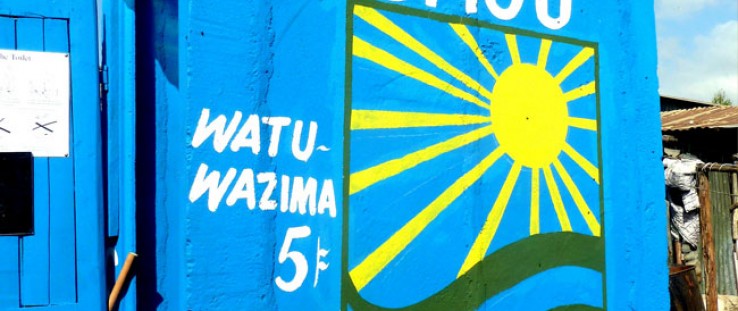 Sanergy, a start-up company developed by young innovator David Auerbach, builds low-cost concrete sanitation centers that are designed to serve 80 people per day with clean toilet services. The centers are built in Nairobi, Kenya, where adequate toilets a
Sanergy
Sanergy, a start-up company developed by young innovator David Auerbach, builds low-cost concrete sanitation centers that are designed to serve 80 people per day with clean toilet services. The centers are built in Nairobi, Kenya, where adequate toilets a
Sanergy
 Sanergy, a start-up company developed by young innovator David Auerbach, builds low-cost concrete sanitation centers that are designed to serve 80 people per day with clean toilet services. The centers are built in Nairobi, Kenya, where adequate toilets a
Sanergy
Sanergy, a start-up company developed by young innovator David Auerbach, builds low-cost concrete sanitation centers that are designed to serve 80 people per day with clean toilet services. The centers are built in Nairobi, Kenya, where adequate toilets a
Sanergy
An aquarium pump, a toilet and a battery are devices not usually associated with revolutionary ideas. But then again, following the norm is not usually how transformation occurs. Through a breathing device with an aquarium pump that saves the lives of preterm infants in Malawi, sanitation centers in Kenya that translate waste into money and a pocketbook-sized battery that electrifies remote villages in Tanzania, several young innovators are shedding light on the resources their generation brings to finding solutions to the world’s greatest problems.
These young people were given opportunities to expand their ideas into proven solutions through USAID funding and support.
Recognizing the unique potential of these young visionaries, USAID has made tapping into the youth idea pool a top priority in recent years. Several Agency programs are jump-starting entrepreneurs’ global innovations and allowing for worldwide implementation: among them, the idea incubator Grand Challenges for Development; the proven solution-to-scale Development Innovation Ventures (DIV); and the USAID/NASA/Nike sustainable solution accelerator LAUNCH. Though they are not aimed exclusively at the youth demographic, within these grant programs, young people are taking on a starring role.
Bright individuals and like-minded teams of youth have introduced breakthrough ideas with the power to reach millions of people at a fraction of the usual cost, says Will Schmitt, a 29-year-old open innovation adviser from USAID’s Office of Science and Technology.
“Not only have innovators under 35 been shining through USAID’s highly competitive selection process, but their winning development solutions are among the stars of the portfolios,” says Jeff Brown, division chief for DIV. “We are eager to support more young innovators as they test their ideas and bring successes to scale.”
The DIV program has awarded $5.4 million since it was created in 2010. Around 30 DIV projects have ranged from a campaign to reduce greenhouse gas emissions in India to a credit-scoring screening tool used to unlock private-sector lending in Africa.
Technology and the New Frontier
After decades of progress, the development sphere is changing—a more proactive approach to partnerships with a results-oriented, environment-friendly and cost-effective mentality has emerged with the rising generation. A stronger emphasis on technology and innovation has gone hand in hand with the need for young innovators’ fresh ideas and initiative. This attitude is prevalent in the younger generation, which has developed a unique personal charge to answer the challenges of the world.
Between 2009 and 2010, applications for Teach for America, the non-profit that sends recent college graduates into America’s classrooms, rose by a third from the prior application period; and AmeriCorps positions nearly tripled in 2010 from 2008, according to The New York Times. This surge in nonprofit, volunteer and public service commitments from young people has stimulated a response from USAID—an agency eager to tap into this trend to foster international development.
USAID’s various innovation grant programs send a clarion call to which countless across the world have responded, many of them young people. For example, in the March 2011 applicant call for the first Grand Challenge for Development, called Saving Lives at Birth, there were over 600 total applicants. The challenge, supported by a consortium of partners, asked global innovators to come up with solutions to help decrease the number of developing-world deaths during the perilous time between labor and just after birth for both mother and baby. Over five years, the partners aim to invest at least $50 million in groundbreaking ideas to save lives at birth. The consortium is comprised of USAID, the Government of Norway, the Bill & Melinda Gates Foundation, Grand Challenges Canada and the U.K. Department for International Development.
Recently, the work of William Kethman, a surgical resident at Stanford University, was nominated for a grant by USAID. His low-cost device—called Safe Snip—cuts, clamps and shields umbilical cords from infection. Kethman invented the patent-pending medical device at the company he founded, NOvate Medical Technologies, which explores solutions for global health needs.
Another USAID program, the DIV program, identifies cutting-edge solutions to development challenges, invests in these ideas, rigorously tests them and scales the solutions that promise to affect millions of lives.
Since its inception in 2010, DIV has invested in nearly 30 world-class innovators in areas from food security to health care to governance. Despite the highly competitive application process, several DIV grants have been awarded to those in their 20s and early 30s—prompting USAID to home in on the game-changing entrepreneurial input from the under-35 set.
Related Content
Grand Challenges for Development
Development Innovation Ventures
LAUNCH
FrontLines Science and Technology Edition
Unique to this program, DIV presented a Young Innovators’ initiative during USAID’s Frontiers in Development forum held in June. The initiative urges the younger generation of social entrepreneurs, researchers, inventors, students and leaders to participate in the ongoing search for solutions through the DIV program. Young innovators are encouraged to apply for DIV grants of up to $100,000, $1 million, or $15 million, depending on the level of evidence proving their solution works, and the scale they have already achieved.
A Diverse Talent Pool
In its pursuit of innovation, the Agency often serves as an incubator for fledgling ideas, and through funding and support, provides opportunities for selected innovators to test, develop and implement their solutions on the ground. In other cases, USAID gives an additional push to proven but small-scale projects so they can be implemented more widely. More and more, those grant-seekers are coming from the same countries that the projects are designed to impact.
In the second round of grant awards for the Saving Lives at Birth challenge, where 65 finalists competed in the final stage of review July 12-14, almost half of the applications were grant-seekers from the developing world. “This shows that we’re doing a better job at attracting high potential solutions coming from a more diverse pool,” innovation adviser Schmitt says. “With more applications coming from developing countries, it is clear that we are better positioned to provide resources for homegrown solutions—something we’ve been pushing very hard to do.”
Another program gaining widespread success among the international community is LAUNCH, which identifies, showcases and supports—through guidance from experts and entrepreneurs—approaches to global sustainability. Begun in 2010, LAUNCH uses a collaboration and acceleration model to help innovators achieve the impact they seek. Forums on water, health and energy have enabled innovators to network and receive specific instruction from thought leaders on how to accelerate implementation of their solutions to long-standing problems. LAUNCH innovators also receive direct technical assistance and other support through a six-month “Accelerator” program.
At the most recent LAUNCH forum held in July called “Beyond Waste,” two of the nine innovators featured, Joseph Atnafu of Sanergy and Jason Aramburu of re:char, were under 35. The challenge charged applicants to find ways to transform current waste-management systems and practices to ones focused on minimizing waste and producing usable byproducts. Selected innovations at the forum included revalued textile waste and “biochar,” a charcoal substitute made from agricultural waste that boosts crop yields.
So, why cultivate young innovators, specifically?
Carolyn Edelstein, a 23-year-old USAID program specialist with DIV thinks the Agency is investing in a key demographic.
“As young adults, we are well-placed to dream up powerful new solutions to development problems,” she says. “Young professionals, following this generation’s career-hopping trend, apply the lessons of one field to solve the problems of others.
“On their own, or in collaboration with experienced partners, these young innovators question entrenched assumptions and approach problem-solving with scientific vigor and enterprising energy to great success,” Edelstein says. “I’m proud that USAID is supporting their efforts.”







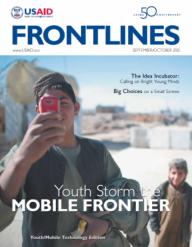

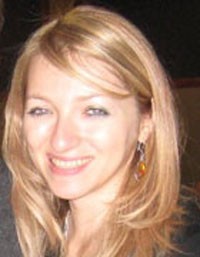
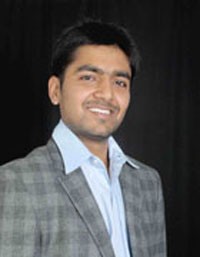

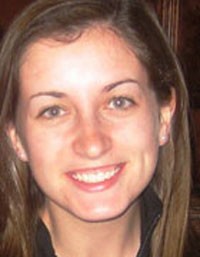
Comment
Make a general inquiry or suggest an improvement.